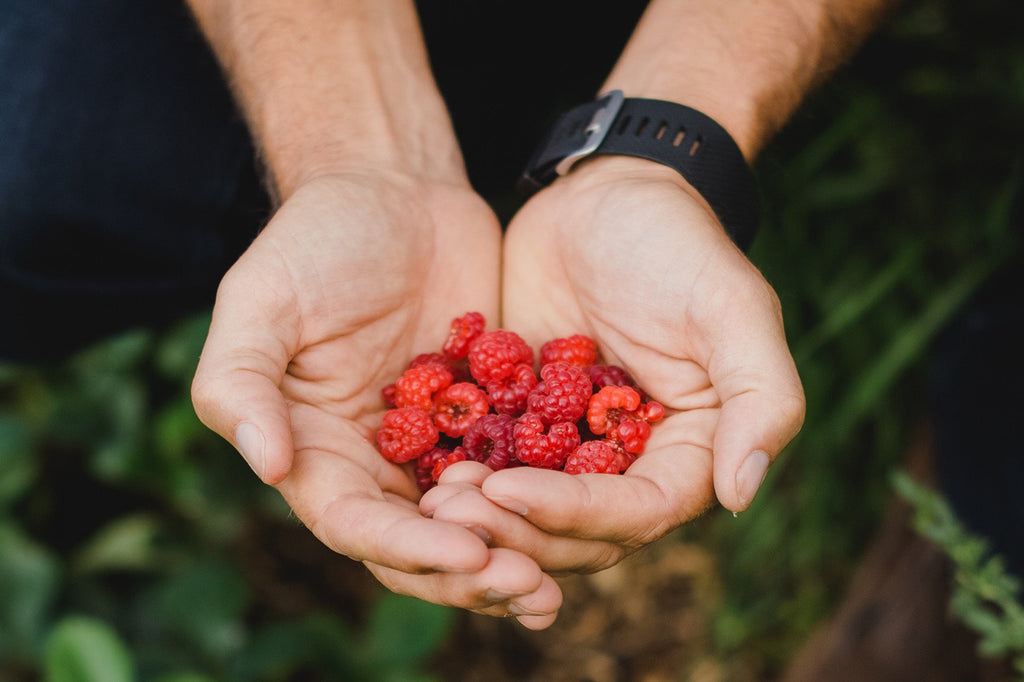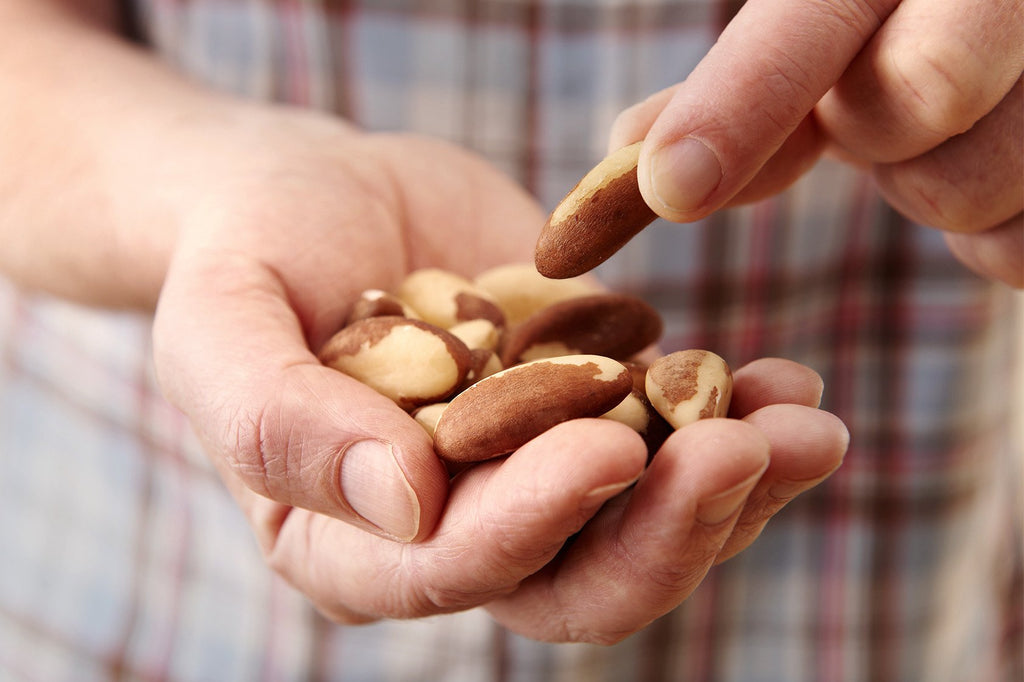
You might have noticed we use the term ‘bioavailability’ a fair bit and in a few different ways.
We use it to talk about different tricks and food combinations you can - and should - use to get the most nutrients as possible out of your food. But we also use it to talk about why we use certain vitamins and minerals together in our products.
'Bioavailability is a nutritional principle that says certain foods require something additional to boost the nutrition or absorption.'
So just what is bioavailability? What foods go well together, and what handy tips can you use in your kitchen to improve your health and nutrient status?
Bioavailability is a nutritional principle that says certain foods require the addition of a second ingredient, or cooking technique to boost the nutrition or absorption of the original food. Hence the term, to be made bioavailable. Below is a list some of the most interesting and handy tips for increasing the amount of nutrients you can absorb from your food.
Let’s have a look.
1. Add fat to your veggies
Eating fats with veggies increases the absorption of the fat-soluble vitamins A, E, D and K. We now know that bland and often tasteless, low-fat diets of chicken, broccoli and brown rice will not provide a substantial amount of fat soluble vitamins to your diet.
'Vitamins A, E, D and K are unlocked when eaten with a fat.'
This is because vitamins A, E, D and K are unlocked when eaten with a fat. It doesn’t have to be a lot. Simply add a knob of butter or ghee to steamed veggies. Drizzle with olive oil or saute with your choice of fat.
2. Add pepper to your curries and turmeric lattes
We’ve talked about this before when posting our turmeric latte recipe. Turmeric is an anti-inflammatory super food. So how do you get the most out of this wonder food? You pair it with healthy fats and black pepper.
Piperine is a key chemical in black pepper that helps with the absorption of curcumin; the active ingredient in turmeric. This turmeric latte recipe uses both. When making a curry with curry powder or turmeric, be sure to also add pepper and a fat source - coconut cream is great for this!
3. Add lemon juice to your leafy greens
The vitamin C in lemon juice helps your body to absorb the plant-based iron from leafy green foods such as kale, rocket, spinach and watercress.
'The vitamin C in lemon juice helps your body to absorb the plant-based iron.'
Our favourite way to accommodate this bioavailability hack is to make a fresh vinaigrette with lemon juice, apple cider vinegar and olive oil. You can try our Orange and Parsley Dressing and substitute the orange for lemon juice.
4. Drizzle tomato based dishes with olive oil
This one is pretty simple. Fat, when added to tomatoes, increases the bioavailability of tomatoes most potent nutrient; lycopene. If you make bolognese sauce, or a fresh tomato salad, drizzle olive oil over the top just before serving.
5. Marinate your meat in kiwifruit
This one is a very tasty - and little known - hack that is great for BBQs in the warmer months! Kiwi Fruit contains natural digestive enzymes such as protease that begins the breakdown of proteins in meat. If you feel heavy or sluggish after eating red meat, try putting a couple of slices of kiwi fruit on top of your steak for thirty minutes before cooking.
'Kiwi Fruit contains natural digestive enzymes such as protease that begins the breakdown of proteins in meat.'
6. Steam your cruciferous vegetables
This hack is especially important if you have a thyroid condition. A study published in The Journal of Human Nutrition and Dietetics found that steaming vegetables - as opposed to boiling - retains the phytochemicals and nutrients of vegetables while reducing the risk of goitrogens when consumed raw.
'Steaming vegetables - as opposed to boiling - retains the phytochemicals and nutrients of vegetables...'
Goitrogens are substances found in food that disrupt the production of thyroid hormone by interfering with iodine uptake in the thyroid gland.
7. Add a stick of kombu when cooking legumes
One of the criticisms of the Paleo diet - which eschews grains and legumes - is that there are traditional cultures the world over who rely on grains and legumes as dietary staples. The problem with this argument is that we have adopted these traditional foods such as rice, black beans and chickpeas to our modern lives without also adopting the traditional cooking methods of these cultures.
'We have adopted these traditional foods such as rice, black beans and chickpeas to our modern lives without also adopting the traditional cooking methods of these cultures.'
In traditional Japanese cooking, a stick of kombu - seaweed - is added to a pot of legumes when cooking. The iodine in the seaweed helps to break down the phytates and softens the beans, making them more digestible.
Similarly, many traditional Indian dishes using rice or lentils are cooking with Asafoetida. This spice is a traditional digestive aid in ancient Ayurvedic medicine. Adding it to grains helps make them easier to digest.
Bioavailability of specific nutrients
Here at BePure we also use the term in relation to our products. Different nutrients come in many different forms. Take magnesium for instance. Magnesium can be oxidised or it can be chelated.
'Different nutrients come in many different forms.'
In oxidised form it has poor bioavailability (less than 4%) but can be used short-term for the relief of constipation or stomach upsets. In BePure One we use Magnesium Chelate which is the combination of magnesium with another amino acid to help with absorption. Given magnesium is required for over 300 enzymatic functions within our bodies, it’s important to us to use the most effective form in our products.
Our Super Boost C also contains zinc and calcium to help your body better absorb the vitamin C. It’s important when choosing nutritional support to not just look at the total amount of nutrients in the product, but also the forms of each nutrient and the other vitamins and minerals it is paired with.
If you have any questions or handy bioavailability hacks, let us know at info@bepure.co.nz
Ben Warren presents
'The Hormone Secret'
Have stubborn weight that just won't budge, energy slumps, painful PMS or menopause issues? Join Ben Warren as he shares the secret role hormones play in your health, why our modern world is working against healthy female hormones and how to naturally heal your hormones and bring them back to balance. This is information every woman needs to know. Learn more and register here.








